Quick Summary
🌸 Best Overall Time: April-May, September-October
🌡️ Weather Considerations: Vast country with multiple climate zones
💲 Budget Season: November-March (excluding Chinese New Year)
🧒 Best for Families: June-August (school holidays) or April-May
🎭 Festival Season: January-February (Chinese New Year) and September-October
⛔ Avoid: First week of October (Golden Week), Chinese New Year (if crowds bother you), summer holiday July-August (very busy and hot in most of the country)
After having travelled to China in different seasons — all of them falling kind of in the „best to avoid“ time range, we have discovered that seasons have a huge impact on how your China experience will look like.
In this blog post I would like to help you understand how best to plan your trip according to your preferences regarding activities, experiences and weather.
Table of Contents
- Understanding China's Seasons
- Best Time to Visit by Region
- Month-by-Month Travel Guide
- When to Visit China with Kids
- Chinese Festivals & Holidays to Consider
- Worst Times to Visit China
- China Packing Guide by Season
- FAQs
Understanding China's Seasons
China is the fourth largest country in the world, spanning five climate zones from tropical in the south to subarctic in the north.
This means there's no single "best time" to visit — it depends entirely on where you're going and what you want to do.
The Five Main Climate Regions:
- Northeast China (Harbin, Changchun)
- Long, frigid winters (-20°C/-4°F)
- Short, warm summers (up to 30°C/86°F)
- Best time: June-August, or January/early February for a winter experience
- North China (Beijing, Xi'an)
- Four distinct seasons
- Hot summers (30-38°C/86-100°F)
- Cold, dry winters (-10 to 10°C/14-50°F)
- Best time: April-May, September-October
- Central China (Shanghai, Chengdu, Yangtze River)
- Hot, humid summers (28-33°C/82-91°F)
- Cool, damp winters (0-10°C/32-50°F)
- Best time: April-May, September-October
- Southeast China (Guangzhou, Hong Kong)
- Subtropical climate
- Hot, humid summers with typhoon risk
- Mild winters (rarely below 10°C/50°F)
- Best time: October-December
- Western China (Tibet, Xinjiang)
- High altitude, dry climate
- Large temperature swings between day and night
- Best time: May-October
🌟 Pro Tip: China's size means you can almost always find somewhere with pleasant weather. If you're doing a multi-city trip, consider the regional climate differences when planning your route.
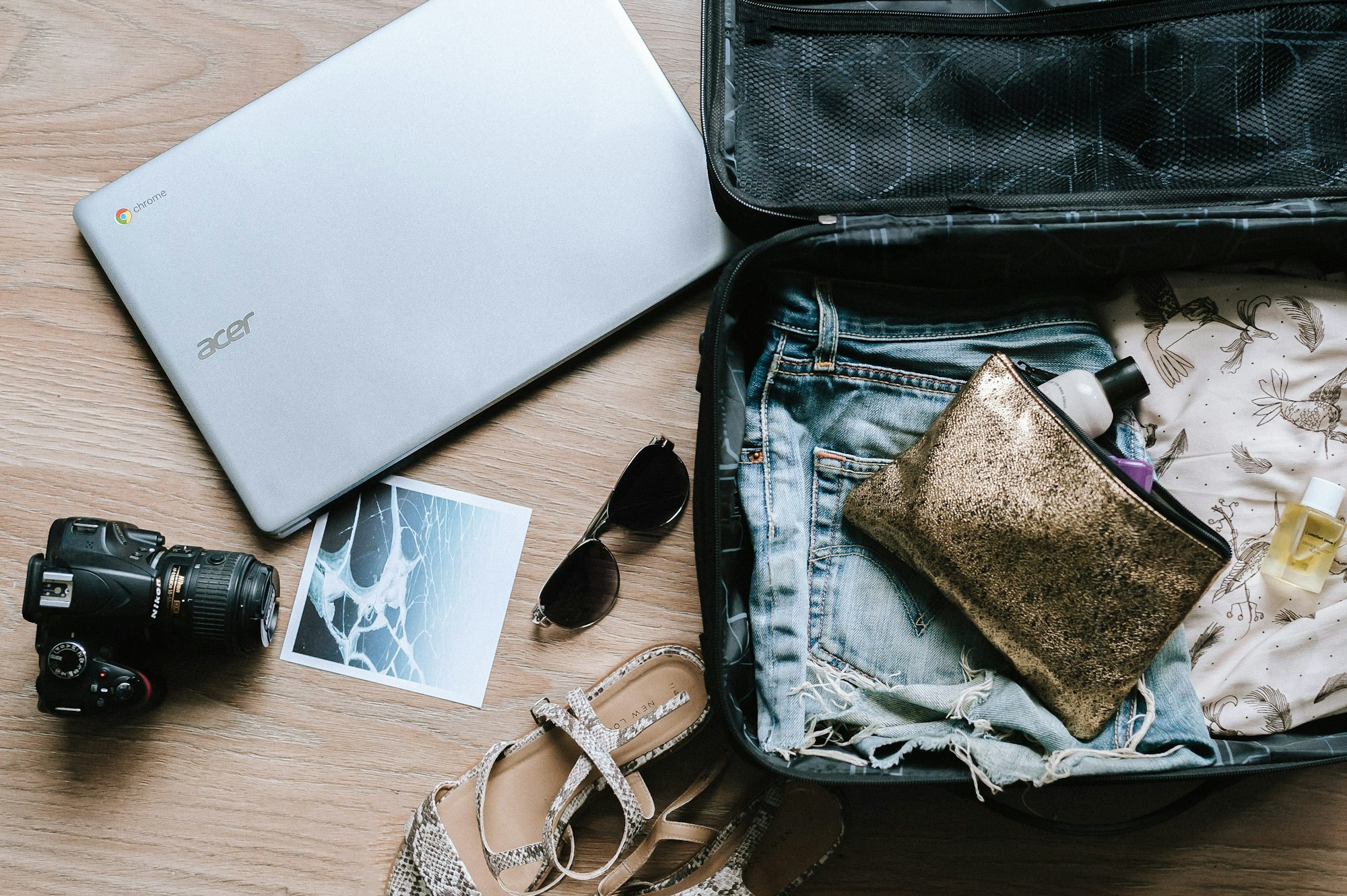
Best Time to Visit by Region
Beijing & The Great Wall
- Prime Time: April-May, September-October
- Weather: Mild temperatures, clear skies, less pollution
- Avoid: July-August (hot, humid, crowded) and winter (cold, sometimes smoggy)
🌟 Pro Tip: there are more things to consider than weather — summer has a special party atmosphere, while winter offers a ton of unique winter activities such as sledging on the frozen Huhai lake!
Shanghai & East Coast
- Prime Time: March-May, September-November
- Weather: Spring brings pleasant temperatures and cherry blossoms; autumn offers clear days
- Avoid: June-August (extremely hot and humid with plum rain season in June)
Xi'an & Central China
- Prime Time: April-May, September-October
- Weather: Mild temperatures, less rain
- Avoid: Winter (cold, potentially smoggy) and summer (hot, humid)
Sichuan & Chengdu
- Prime Time: March-June, September-November
- Weather: Mild temperatures, although sometimes rainy
- Avoid: July-August (very hot, humid) and December-February (chilly, overcast)
Family Tip: Our daughter loved seeing the baby pandas at the Chengdu Research Base when we visited in July. However, pandas also don‘t enjoy summer heat so it is best to come first thing in the morning!
Guilin & Southern China
- Prime Time: April-October
- Weather: Warm, with stunning green karst landscapes
- Avoid: January-March (chilly, damp, misty - although some photographers seek this atmospheric scenery)
Tibet & High Altitude Areas
- Prime Time: May-October
- Weather: Relatively mild temperatures, least chance of mountain passes being closed
- Avoid: Winter (extremely cold, some attractions closed)
- Note: Tibet permits take time to arrange and are sometimes restricted
Yunnan Province
- Prime Time: March-June, September-November
- Weather: Spring brings flowers in Shangri-La; autumn offers clear views
- Unique Timing: Different areas of Yunnan have distinct microclimates
Hong Kong
- Prime Time: October-December
- Weather: Sunny, moderate temperatures, low humidity
- Avoid: May-September (hot, humid, typhoon risk)

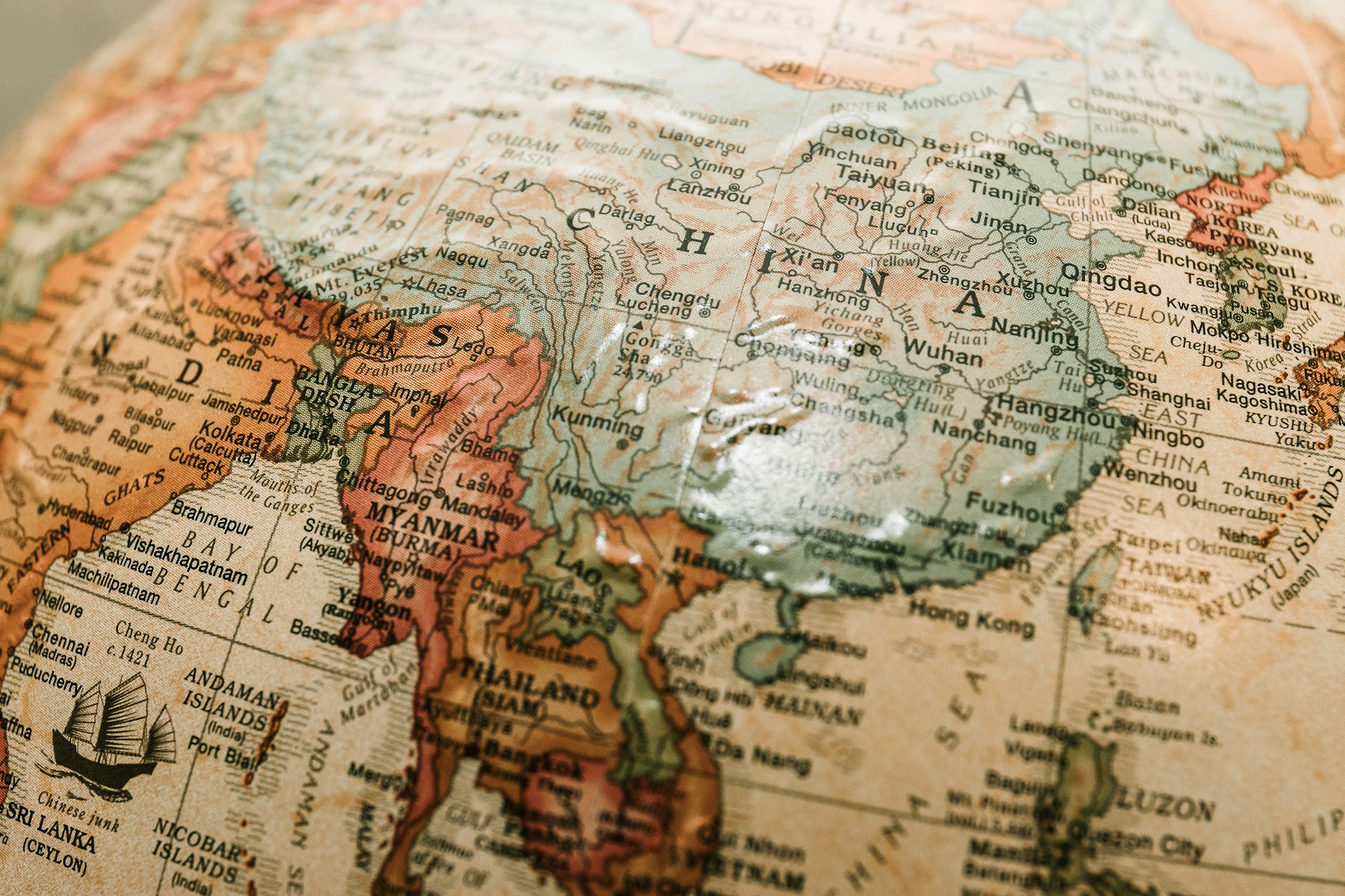
Month-by-Month Travel Guide
January
- Weather: Cold in most of China; freezing in the north
- Best Places:
- Harbin Ice Festival (a winter wonderland of incredible ice sculptures)
- Tropical Hainan (China's Hawaii) for beach escapes
- Hong Kong (mild temperatures around 15-20°C/59-68°F)
- Crowds: Varies; quiet until Chinese New Year (if it falls in January)
- Costs: Lower except during Chinese New Year
Our Experience: We wanted to take our daughter to the Harbin Ice Festival in mid-February, but it closed few days before we arrived. If planning to go to the Ice Festival — stick to January for the prime experience.
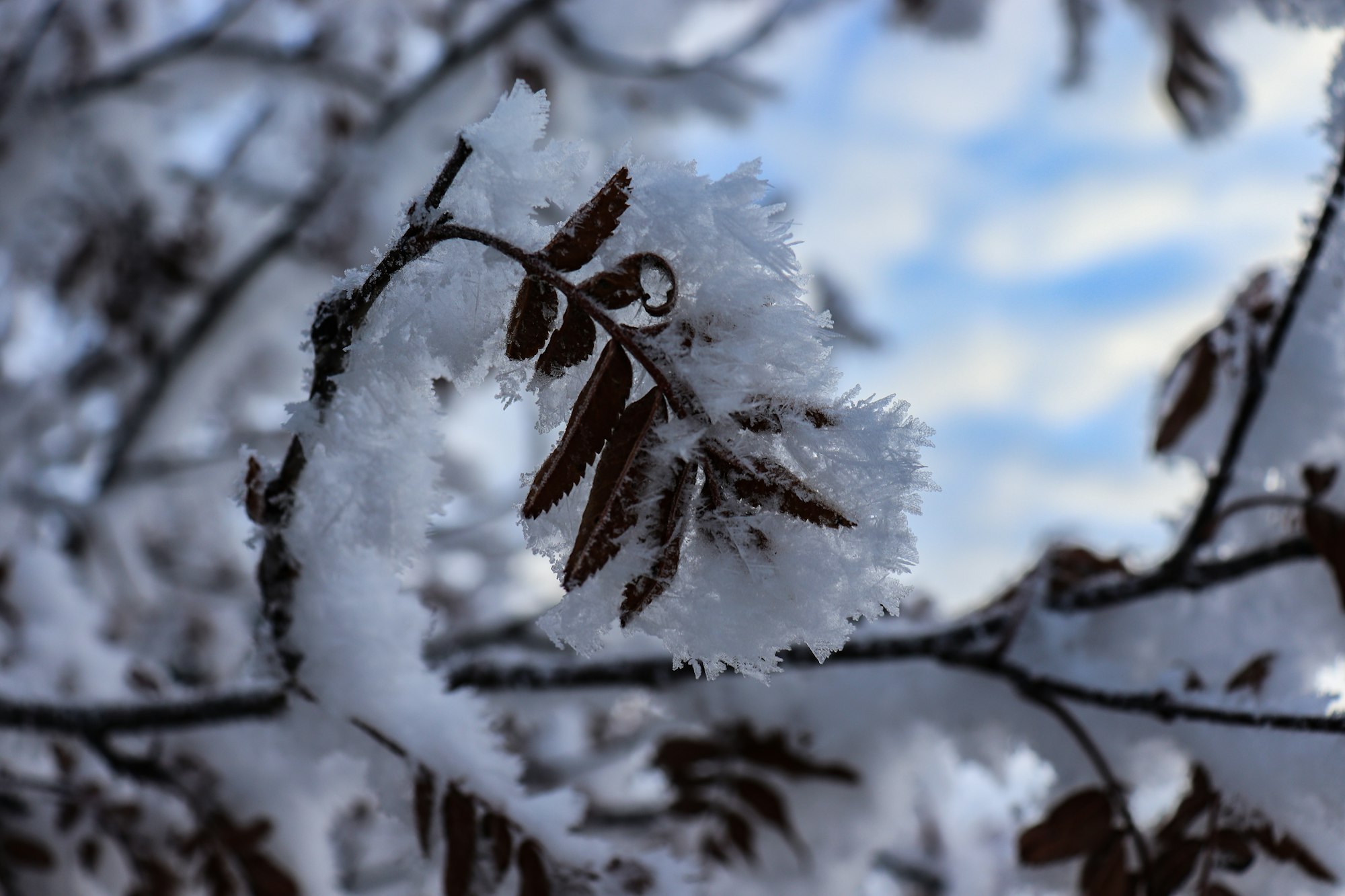
February
- Weather: Cold in most regions; warming in the south
- Best Places:
- Chinese New Year celebrations nationwide (if you don't mind crowds)
- Yunnan for early spring flowers and clear blue sky
- Southern cities like Guangzhou or Shenzhen
- Crowds: Extremely busy during Chinese New Year; otherwise quiet
- Costs: Peak pricing during Chinese New Year; bargains before/after
Insider Tip: If visiting during Chinese New Year, book EVERYTHING months in advance - trains, flights, hotels, attractions. This is China's busiest travel period.
March
- Weather: Warming up; spring begins in central and southern China
- Best Places:
- Shanghai and Suzhou for cherry blossoms
- Southern China as flowers bloom
- Yunnan Province as spring arrives
- Crowds: Moderate
- Costs: Shoulder season rates
Family experience: we visited Yunnan in early March — Lijiang and Kunming offered a great sunny escape with fewer crowd and moderate temperatures
April
- Weather: Pleasant in most regions; ideal in central China
- Best Places:
- Beijing (comfortable temperatures, flowers blooming)
- Zhangjiajie (Avatar mountains) with lush greenery
- Wuhan or Changsha
- Crowds: Increasing but still manageable
- Costs: Beginning of high season in some areas
May
- Weather: Warm and comfortable in most places
- Best Places:
- Beijing and Great Wall (before summer heat)
- Guilin and Li River for spectacular scenery
- Tibet as it opens up after winter
- Crowds: Busy during May 1-5 (Labor Day holiday)
- Costs: High season begins
June
- Weather: Hot in most regions; rainy season begins in the east and south
- Best Places:
- Western China (Xinjiang, Qinghai, Gansu)
- Inner Mongolia grasslands
- Mountain regions like Jiuzhaigou Valley
- Crowds: Increasing with school holidays
- Costs: High season
July
- Weather: Hot and humid across most of China; potential typhoons in the southeast
- Best Places:
- Northern regions and high-altitude destinations
- Lanzhou
- Kunming and Guyiang known as cities of eternal spring
- Qinghai Lake for cooler temperatures
- Beach areas like Qingdao
- Tibet and Xinjiang
- Crowds: Very busy (peak domestic tourism season)
- Costs: Peak prices
Family experience: our first trip to China was in July-August and at times it was difficult to escape the heat — Tibet and Lanzhou offered a pleasant break from the heat
August
- Weather: Hot and humid; typhoon season in the southeast
- Best Places:
- Similar to July destinations
- Mountain retreats like Emeishan or Moganshan
- Western deserts and mountains
- Crowds: Peak summer crowds
- Costs: High
September
- Weather: Cooling down; generally pleasant across much of China
- Best Places:
- Beijing and northern China (ideal temperatures)
- Yellow Mountains for cloud seas
- Yunnan Province
- Most major tourist destinations
- Crowds: Busy during Mid-Autumn Festival; otherwise manageable
- Costs: High, dropping after Mid-Autumn Festival
September Sweet Spot: when visiting China in September, temperatures in the north already started to become more managable, but the south-east — Wuhan, Changsha, Shenzhen, Hong Kong were still prohibitively hot!
October
- Weather: Autumn colors; mild and dry in most regions
- Best Places:
- Almost anywhere, but especially:
- Beijing for autumn colors
- Yellow Mountains
- Jiuzhaigou Valley for fall foliage
- Hong Kong as humidity drops
- Crowds: Extremely busy during Golden Week (first week); pleasant after
- Costs: Peak during Golden Week; shoulder season after
Essential Advice: Avoid traveling during the first week of October (National Day Golden Week) when 1.4 billion Chinese travelers are on the move. Prices triple, attractions are packed, and transportation is strained.

November
- Weather: Cool; autumn colors in southern regions
- Best Places:
- Shanghai and southern cities
- Chengdu
- Hong Kong
- Guilin and Yangshuo
- Crowds: Low except at fall foliage spots
- Costs: Lower as low season begins
December
- Weather: Cold in north and central; mild in south
- Best Places:
- Tropical Hainan
- Hong Kong and Macau
- Guangzhou and Shenzhen
- Yunnan (some areas remain mild)
- Crowds: Low until Christmas/New Year
- Costs: Low, except for Western holiday period
When to Visit China with Kids
Best Seasons for Family Travel
- Spring (April-May)
- Pleasant temperatures for walking
- Fewer crowds than summer
- Stunning landscapes with flowers blooming
- Easy to balance indoor/outdoor activities
- Autumn (September-October)
- Comfortable temperatures
- Clear skies in northern China
- Avoid the first week of October (Golden Week)
- Beautiful autumn colors
- Summer Considerations (June-August)
- Aligns with school holidays
- Very hot in most regions - plan indoor activities midday
- More challenging but doable with proper planning
- Consider altitude destinations for cooler weather
Family Planning Tip: We found spring and autumn ideal for city exploration. For summer trips, we adjusted our daily schedule to explore early mornings and evenings, with pool time or museums during the hottest hours.
School Holiday Planning
- Chinese School Holidays: Be aware that attractions will be extremely busy during:
- Chinese New Year (Jan/Feb)
- Labor Day (May 1-5)
- Summer Break (July-August)
- National Day Golden Week (Oct 1-7)
- Western School Holidays: Easter and Christmas breaks can be good times to visit as they rarely align with Chinese holidays
Chinese Festivals & Holidays to Consider
Major Chinese Holidays
- Chinese New Year/Spring Festival (January/February - varies)
- Pros: Incredible cultural experience, decorations, performances
- Cons: Mass migration, closed businesses, transportation challenges
- Family Tip: Larger cities keep main attractions open; small towns may shut down
- Qingming Festival (April 4-6)
- Traditional tomb-sweeping festival
- Minor travel disruption
- Labor Day (May 1-5)
- Moderate domestic tourism surge
- Many attractions crowded
- Dragon Boat Festival (June - varies)
- Dragon boat races and zongzi (rice dumplings)
- Moderate crowds
- Mid-Autumn Festival (September/October - varies)
- Moon viewing and mooncakes
- Moderate travel impact
- National Day Golden Week (October 1-7)
- Absolutely avoid if possible
- Extreme crowds at all major attractions
- Price surges for everything
Festival Experience: Taking our daughter to the Lantern Festival (celebrated a week after the Chinese New Year) in Chongqing was a magical experience

Worst Times to Visit China
When to Reconsider Your Trip
- Chinese New Year Period (if you dislike crowds)
- Transportation networks strained
- Many restaurants and shops closed
- Family gatherings prioritized over tourism
- Golden Week (October 1-7)
- Unprecedented domestic tourism
- Hours-long queues at attractions
- Transportation completely booked
- Prices at 2-3x normal rates
- Summer Heat in Major Cities (July-August)
- Beijing, Shanghai, Chongqing, Xi'an can be extremely hot
- High humidity makes it feel worse
- Air conditioning sometimes too cold indoors, creating temperature shock
- Plum Rain Season (June in East China)
- Persistent rain and dampness
- Affects Shanghai, Suzhou, Hangzhou areas
Honest Truth: Having travelled in all the times that I advice you to avoid — summer holiday, the week proceeding October holiday, and right after Chinese New Year, I assure you that all is doable — picking more busy periods simply requires more preparation. However, if you don‘t like the crowds you should definitely stay clear of the tourist attractions, or the mentioned periods.
China Packing Guide by Season
Spring (March-May)
- Layerable clothing (temperatures can vary greatly)
- Light jacket or sweater for evenings
- Comfortable walking shoes
- Sunscreen and sunglasses
- Light rain gear (umbrella, light raincoat)
- Allergy medication if sensitive to pollen
Summer (June-August)
- Lightweight, breathable clothing
- Sun hat, sunglasses, sunscreen (SPF 30+)
- Portable fan and/or cooling towel
- Swimwear (for hotel pools)
- Rain gear (especially in southern and eastern China)
- Insect repellent
- Water bottle
- Change of clothes for kids (sweating is inevitable)
- Warmer layer of clothing if going to altitude
Summer Family Tip: We always pack a change of clothes in our day bag and plenty of wet wipes during summer travel with our daughter. Urban exploration can get sweaty quickly!
Autumn (September-November)
- Layerable clothing
- Light jacket, gradually increasing to warmer coat
- Comfortable walking shoes
- Light gloves and scarf by November
- Sunglasses (autumn sun can be bright)
Winter (December-February)
- Warm coat (serious winter gear for northern China)
- Thermal underwear for northern cities
- Gloves, scarf, hat
- Moisturizer (winter is very dry)
- Lighter layers for southern China
- Hand/foot warmers for northern China
- Sunglasses (snow glare in the north)
FAQs
Q: When is absolutely the best time to visit China?
A: For most travelers exploring major cities like Beijing, Shanghai, and Xi'an, April-May and September-October offer the best combination of pleasant weather, reasonable crowds (outside holiday periods), and good conditions for photography.
Q: How bad is the pollution in China and when is it worst?
A: Air quality varies significantly by region and season. Northern cities like Beijing typically have worse air quality in winter (November-February) when coal heating increases. Spring and autumn generally have the best air quality, especially after rain. However, the air quality has vastly improved in recent years and we have never experienced extreme smog conditions when traveling.
Q: Is it worth visiting China during Chinese New Year?
A: It depends on your interests. If you want to experience authentic cultural celebrations and don't mind transportation challenges and closed businesses, it can be rewarding. Major tourist sites in big cities remain open, but small towns may shut down completely. Book everything far in advance. I recommend visiting the Lantern Festival celebrations in one of the big cities.
Q: How far in advance should I plan my trip to China?
A: For normal periods, 2-3 months is sufficient. For Chinese holiday periods (especially Chinese New Year and National Day), 6+ months is recommended for the best hotel rates and train ticket availability. I would recommend booking your plane tickets way in advance, but hotels can be booked more spontaneously. You can only book trains 2 weeks in advance, however Trip.com allows you to reserve the tickets in advance, which increases your chances for getting it when it becomes available.
Q: When is typhoon season in China?
A: Typhoon season affects coastal areas in eastern and southeastern China (including Shanghai, Hong Kong, and Guangdong) from July through September. August typically sees the most typhoon activity.
Q: When is best for hiking in China?
A: For most mountain areas, May-June and September-October offer the best conditions. Summer brings more rain and crowds, while winter closes many mountain trails. Specific regions like Tibet have shorter hiking seasons (May-October).
Ready to Plan Your Big China Adventure?
✈️ Book your flights
🏨 Find hotels
🚂 Reserve train tickets
🎫 Book activities
🚌 Book a tour
Related Posts You Might Like:


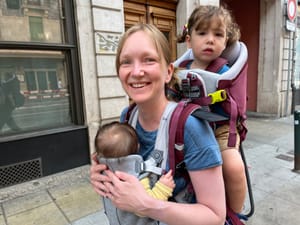
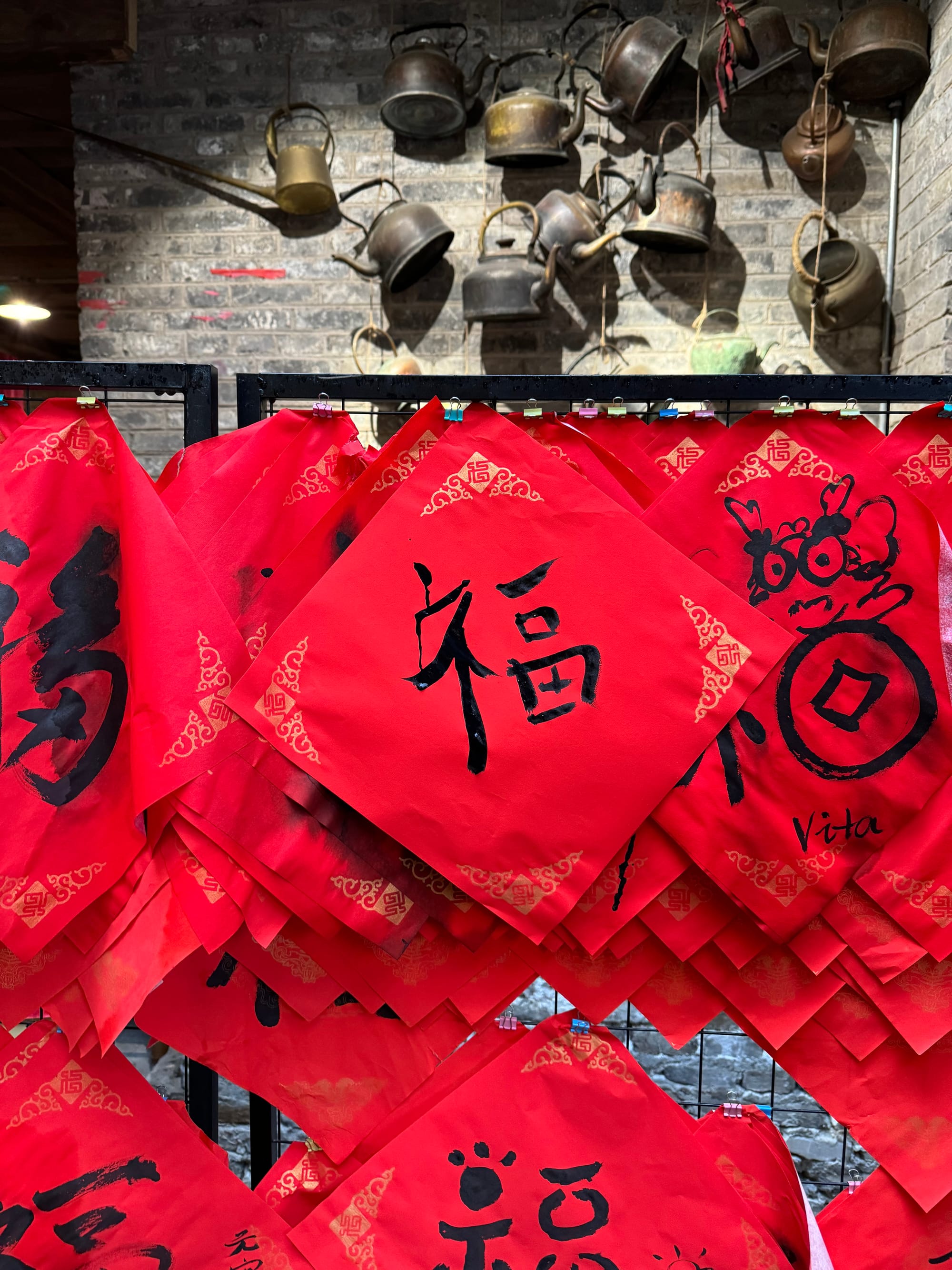
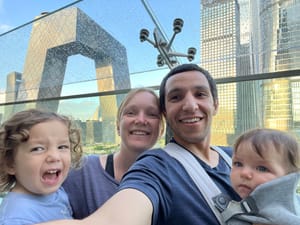














Member discussion